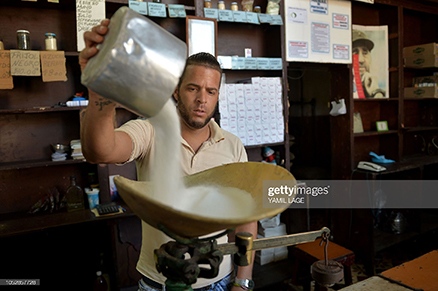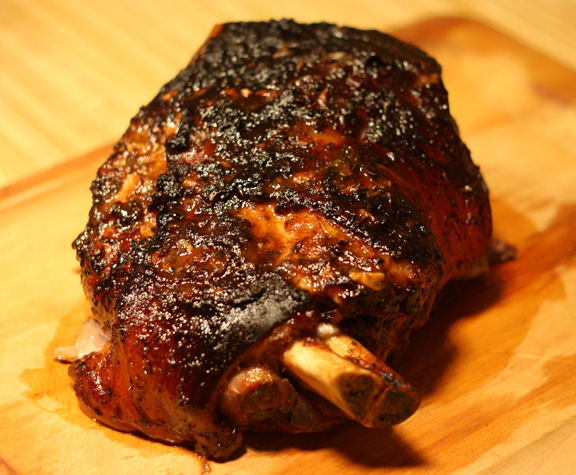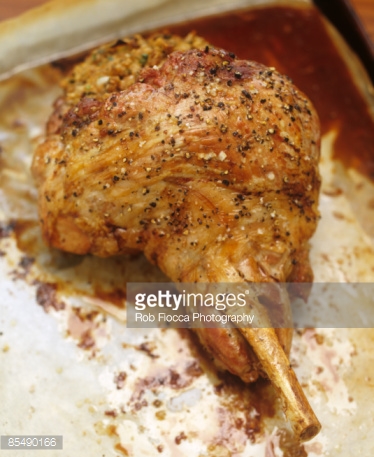By Marc Frank
HAVANA, Cuba, May 11, 2021 (Reuters) – Cuba’s sugar harvest is among the latest victim of the COVID-19 crisis. With the harvest poised to draw to a close as the coronavirus pandemic rages, production stands at little more than two-thirds of planned levels, an industry official said on Monday, indicating the smallest crop in more than a century.
In yet another blow to the ailing Cuban economy, Jose Carlos Santos Ferrer, first vice president of state sugar monopoly AZCUBA, told the state Cuban News Agency that as of end-April, production had reached 68% of the Communist-run country’s plan. With the planned target announced earlier this year as 1.2 million tonnes of raw sugar, that means a harvest of 816,000 tonnes – the lowest since 1908.
The harvest was also hit hard by a shortage of foreign exchange to purchase fuel, agricultural inputs and spare parts due to the COVID-19 pandemic and fierce U.S. sanctions. Mills were temporarily shuttered due to fuel and cane shortages, as well as COVID-19 outbreaks, Santos Ferrer said.
Cuba consumes between 600,000 and 700,000 tonnes of sugar a year domestically and has an agreement to sell China 400,000 tonnes annually. It was not clear if authorities planned to cut domestic consumption, exports to China or both.
Cuba’s sugar harvest begins in November and usually winds down by May, when yields plummet as the summer heat and rainy season set in. Even if the country manages to reach 900,000 tonnes of raw sugar, that would still mark the lowest since 1908.
Cuba’s output has averaged around 1.4 million tonnes of raw sugar over the last five years, compared with an industry high of 8 million tonnes in 1989.
While no longer a top export, and behind other foreign revenue earners such as medical services, tourism, remittances and nickel, sugar still brings Cuba hundreds of millions of dollars a year from exports, including derivatives. It’s also used to produce energy, alcohol and animal feed at home.
Like other industries, agriculture and cane cultivation face structural problems in the import-dependent command economy which the government is only just addressing.
Over the last six months it has adopted monetary and other market-oriented reforms, but these will take time to kick in.
Cuban economist Ricardo Torres said the measures established a minimum base to relaunch the sugar sector, but were not nearly enough.
“As the overall reform progresses, new opportunities will emerge for the sector, but it requires a fresh look to begin the recovery, possibly with outside advice,” he said.
Cuba’s economy shrank 11% last year and continued its decline through April, local economists said, as a COVID-19 surge gutted tourism and combined with shortages of even the most basic goods to hit retail sales and agriculture in general, as well as sugar.
“The results are not good and we are at the start of the rainy season which effectively ends the harvest,” a local sugar expert said, confirming the country would not reach a million tonnes for the first time in over a century and requesting anonymity as he was not authorised to talk with journalists.
(Reporting by Marc Frank; Editing by Kenneth Maxwell)










